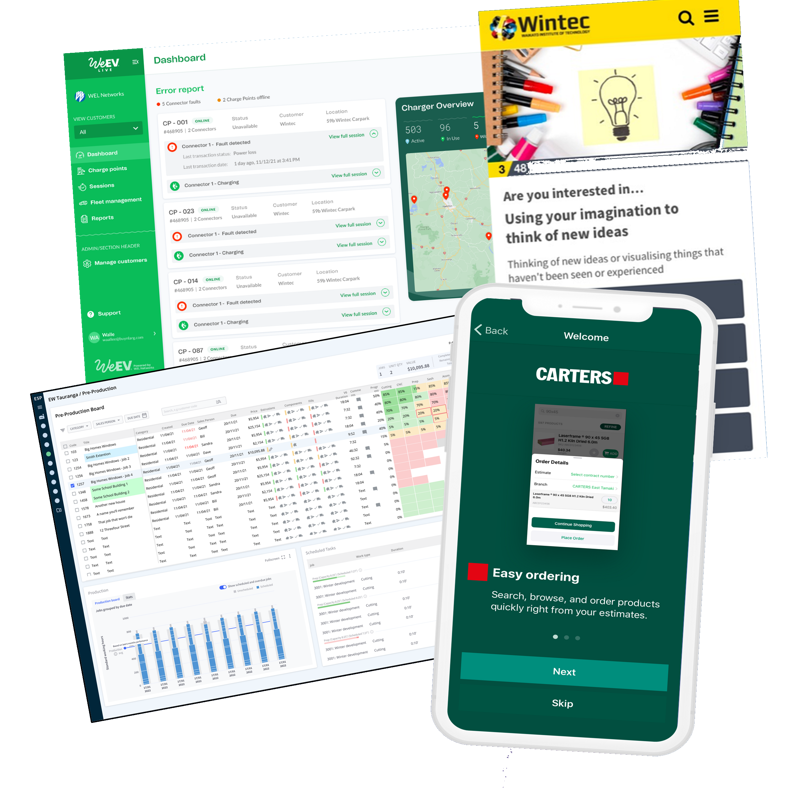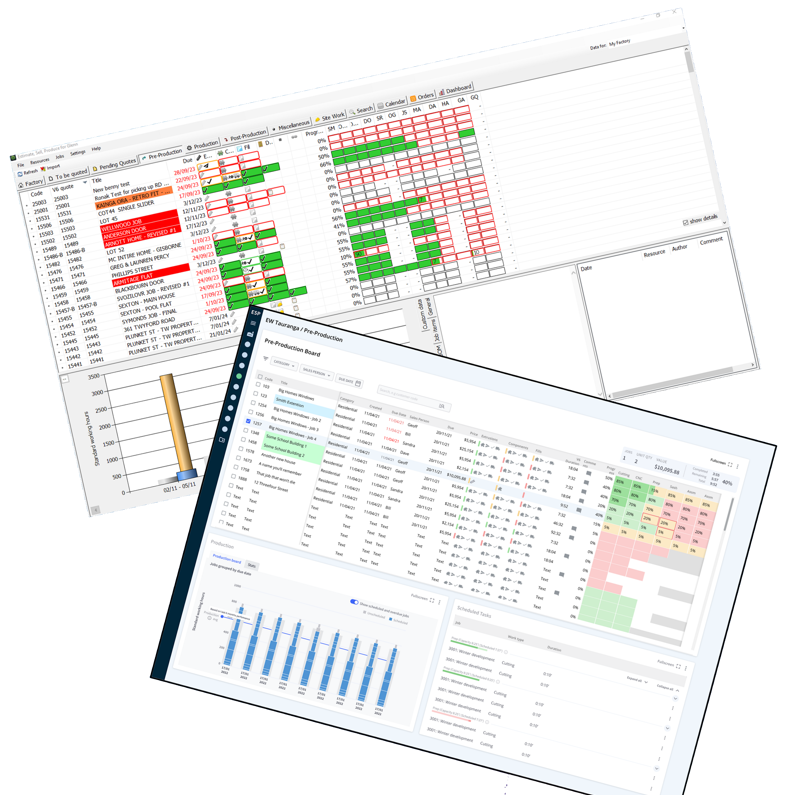Modernising Legacy Applications
Breathing New Life into Your Applications
Legacy applications, while once the backbone of your operations, now represent a significant liability. The cost of supporting these systems is increasingly unsustainable. Technical debt accumulated over years has led to a patchwork of custom modules, making simple upgrades a complex, if not impossible, endeavor. Moreover, these systems are often unsupported by the original vendors, leaving your business vulnerable to security risks and operational inefficiencies.
The challenges of legacy systems
Outdated systems post a real risk to your business:
- Security threats: Your old system is like a house with only a flimsy lock - easy for hackers to break into.
- Sluggish performance: Imagine how frustrating it is for you team and customers when things load slowly, or worse, the whole system crashes.
- Rising costs: Maintaining legacy systems is like trying to find spare parts for a vintage car - it gets expensive fast!
The cost of inaction
Lost Revenue
- Missed Innovation & Market Share
- Unable to leverage new tech for revenue growth.
- Sluggish response to market changes.
- Inefficiency & Downtime
- Higher maintenance costs and operational inefficiency.
- Increased risk of system failures leading to direct revenue loss.
Falling Behind Competitors
- Innovation Gap
- Slower product/service rollouts compared to the competition.
- Inability to integrate with cutting-edge solutions.
- Talent Challenges
- Difficulty in attracting and retaining top tech talent.
- Risk of existing staff skill attrition.
Customer Dissatisfaction
- Poor User Experience
- Outdated interfaces and lack of modern features.
- Service Delays
- Longer transaction and response times.
- Restricted access impeding 24/7 service expectations.

Our Approach to Modernisation

Onboarding Process
We take on the responsibility of supporting your legacy applications. Our first objective is to alleviate existing pain points such as crashes and backup issues, ensuring stability and reliability in your day-to-day operations.
We proactively engage in understanding the intricacies of your legacy app by implementing small change requests. This hands-on approach allows us to become intimately familiar with your application's architecture, functionality, and user experience.
By gradually introducing and implementing these small changes, we not only address immediate concerns but also lay the groundwork for a deeper understanding that will inform subsequent phases of the modernisation process.
This collaborative effort ensures a smooth transition, building a foundation for future enhancements and iterative improvements.
Iterative Replacement
Central to our approach is the Strangler Fig method, a proven iterative replacement strategy that allows for the gradual evolution from legacy systems to cutting-edge solutions.
Inspired by the gradual way a strangler fig tree envelops its host tree, this method involves systematically replacing components of your existing applications with modern equivalents. Each replacement adds value, ensuring that your systems continuously evolve without the need for a risky, all-encompassing overhaul.
This method not only mitigates potential risks associated with large-scale migrations but also provides measurable results at each step.
By adopting the Strangler Fig Method, we empower your organisation to embrace modernisation with confidence, promoting adaptability, and future-proofing your applications.

Want to future-proof your business with Application Modernisation?
Download our whitepaper to learn more!
Funding Options
Azure Access CSP - Proof of Concept (PoC) Credits
This powerful program provides Azure credit to end-customers’ subscriptions created in CSP. Microsoft will pay for the subscription consumption during the Proof of Concept period. Once its been proved to be successful, charges are switched automatically back to the CSP partner to continue the sales cycle while the move from PoC to production environment occurs.
Azure ECIF (End Customer Investment Funds)
Partners who provide a SoW with projected Azure Consumeed Revenue at a 10:1 ratio can apply for ECIF funding to provide one-on-one training to enhance customer skills and/or the adoption of Azure cloud solutions.
Related Services
-
New Custom Software
From idea to implementation, we specialise in transforming concepts into innovative realities. -
Startup Accelerator
Empower your startup journey from idea to impactful market presence with our comprehensive program. Receive tailored guidance at every step, turning your vision into a thriving reality through our transformative partnership
